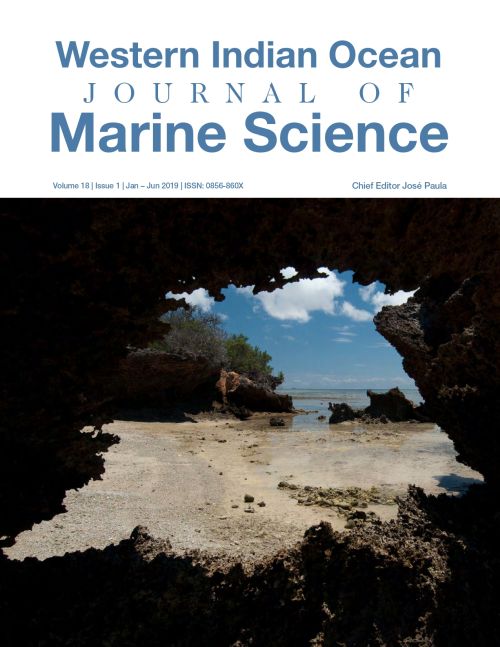 Western Indian Ocean Journal of Marine Science
Western Indian Ocean Journal of Marine Science
Journal / Western Indian Ocean Journal of Marine Science /
Vol. 18 No. 1 (2019) / Articles
Local coastal communities depend highly on mangrove ecosystems for their valuable goods and services. As a result, mangroves have suffered degradation due to overexploitation to serve the ever-increasing demand for wood and wood products, as well as human activities along riparian areas which have equally had a significant impact on adjacent mangrove wetlands. Socioeconomic characteristics of five local communities living around Mtwapa Creek were examined to establish their perceptions on the status of the adjacent mangrove forest. The results show that although local communities distance themselves from responsibility on the status of the forest which they perceived as being poor, they appreciate mangroves as an integral component of their livelihood. Secondary data on mangrove harvest within Kilifi County reflected a possible lack of alternative sources of energy as shown by the progressive increase in illegal fuelwood harvesting over the years from 1991. The local communities recognise the potential influence of both legal and illegal harvesting on the status of Mtwapa Creek mangroves, while only a small proportion perceive observed anthropogenic activities in riparian areas as a possible threat to mangroves. These findings have been obtained against a backdrop of mixed opinions amongst local coastal communities which is associated with gender, living standards, education level and knowledge about mangroves as a resource.
Journal Identifiers
eISSN: 2683-6416
print ISSN: 0856-860X






